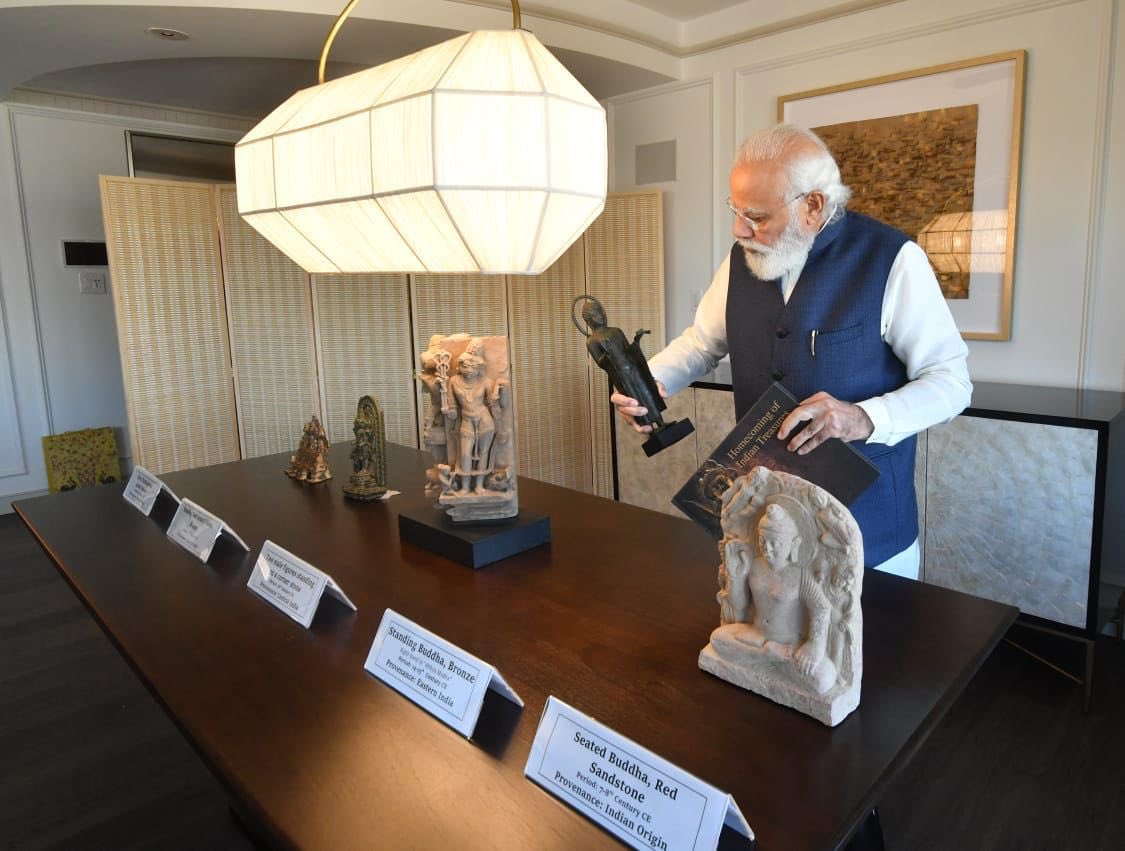History of OutBreak of Nipah Virus

Nipah virus outbreaks have been reported in Malaysia, Singapore, Bangladesh and India. The highest mortality due to Nipah virus infection was found in Bangladesh, where outbreaks are typically seen in winter.
Nipah virus was first seen in 1998 in peninsular Malaysia in pigs and pig farmers. By mid-1999, more than 265 human cases of encephalitis, including 105 deaths, had been reported in Malaysia, and 11 cases of either encephalitis or respiratory illness with one fatality were reported in Singapore. In 2001, the Nipah virus was reported from Meherpur District, Bangladesh and Siliguri, India.
The outbreak again appeared in 2003, 2004 and 2005 in Naogaon District, Manikganj District, Rajbari District, Faridpur District and Tangail District. In Bangladesh, there were further outbreaks in subsequent years.
- September 1998 – May 1999: in the states of Perak, Negeri Sembilan and Selangor in Malaysia. A total of 265 cases of acute encephalitis with 105 deaths caused by the virus were reported in the three states throughout the outbreak. The Malaysian health authorities at first thought Japanese encephalitis (JE) was the cause of infection which hampered the deployment of effective measures to prevent the spread of Nipah virus.
- 2001: 31 January – 23 February, Siliguri, India: 66 cases with a 74% mortality rate. 75% of patients were either hospital staff or had visited one of the other patients in hospital, indicating person-to-person transmission.
- 2001: April–May, Meherpur District, Bangladesh: 13 cases with nine fatalities (69% mortality).
- 2003: January, Naogaon District, Bangladesh: 12 cases with eight fatalities (67% mortality).
- 2004: January–February, Manikganj and Rajbari districts, Bangladesh: 42 cases with 14 fatalities (33% mortality).
- 2004: 19 February – 16 April, Faridpur District, Bangladesh: 36 cases with 27 fatalities (75% mortality). 92% of cases involved close contact with at least one other person infected with Nipah virus. Two cases involved a single short exposure to an ill patient, including a rickshaw driver who transported a patient to hospital. In addition, at least six cases involved acute respiratory distress syndrome, which has not been reported previously for Nipah virus illness in humans.
- 2005: January, Tangail District, Bangladesh: 12 cases with 11 fatalities (92% mortality). The virus was probably contracted from drinking date palm juice contaminated by fruit bat droppings or saliva.
- 2007: February–May, Nadia District, India: up to 50 suspected cases with 3–5 fatalities. The outbreak site borders the Bangladesh district of Kushtia where eight cases of Nipah virus encephalitis with five fatalities occurred during March and April 2007. This was preceded by an outbreak in Thakurgaon during January and February affecting seven people with three deaths. All three outbreaks showed evidence of person-to-person transmission.
- 2008: February–March, Manikganj and Rajbari districts, Bangladesh: Nine cases with eight fatalities.
- 2010: January, Bhanga subdistrict, Faridpur, Bangladesh: Eight cases with seven fatalities. During March, one physician of the Faridpur Medical College Hospital caring for confirmed Nipah cases died.
- 2011: February: An outbreak of the Nipah Virus occurred at Hatibandha, Lalmonirhat, Bangladesh. The deaths of 21 schoolchildren due to Nipah virus infection were recorded on 4 February 2011. IEDCR confirmed the infection was due to this virus. Local schools were closed for one week to prevent the spread of the virus. People were also requested to avoid the consumption of uncooked fruits and fruit products. Such foods, contaminated with urine or saliva from infected fruit bats, were the most likely source of this outbreak.
- 2018: May: Deaths of twenty-one people in Perambra near Calicut, Kerala, India were confirmed to be due to the virus. Treatment using antivirals such as Ribavirin was initiated.
- 2019: June: A 23-year-old student was admitted into hospital with a Nipah virus infection at Kochi in Kerala. Health Minister of Kerala K. K. Shailaja said those 86 people who had had recent interactions with the patient were under observation. This included two nurses who treated the patient and had a fever and sore throat. The situation was monitored and precautionary steps were taken to control the spread of the virus by the Central and State governments. The Health Department of Kerala kept 338 people under observation, 17 of them in isolation. After undergoing treatment for 54 days at a private hospital, the 23-year-old student was discharged. On 23 July, the Kerala government declared Ernakulam district to be Nipah-free.
- 2021: A 12-year old boy was admitted to a hospital at Kozhikode in Kerala on September 1. He succumbed to the virus four days after admission.
What's Your Reaction?










































































